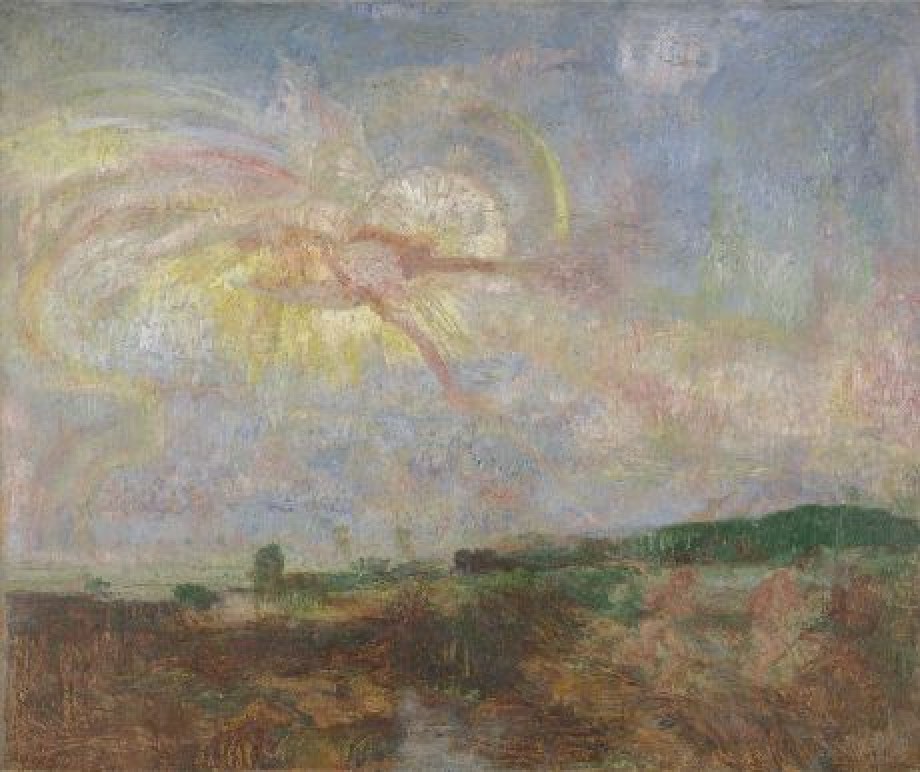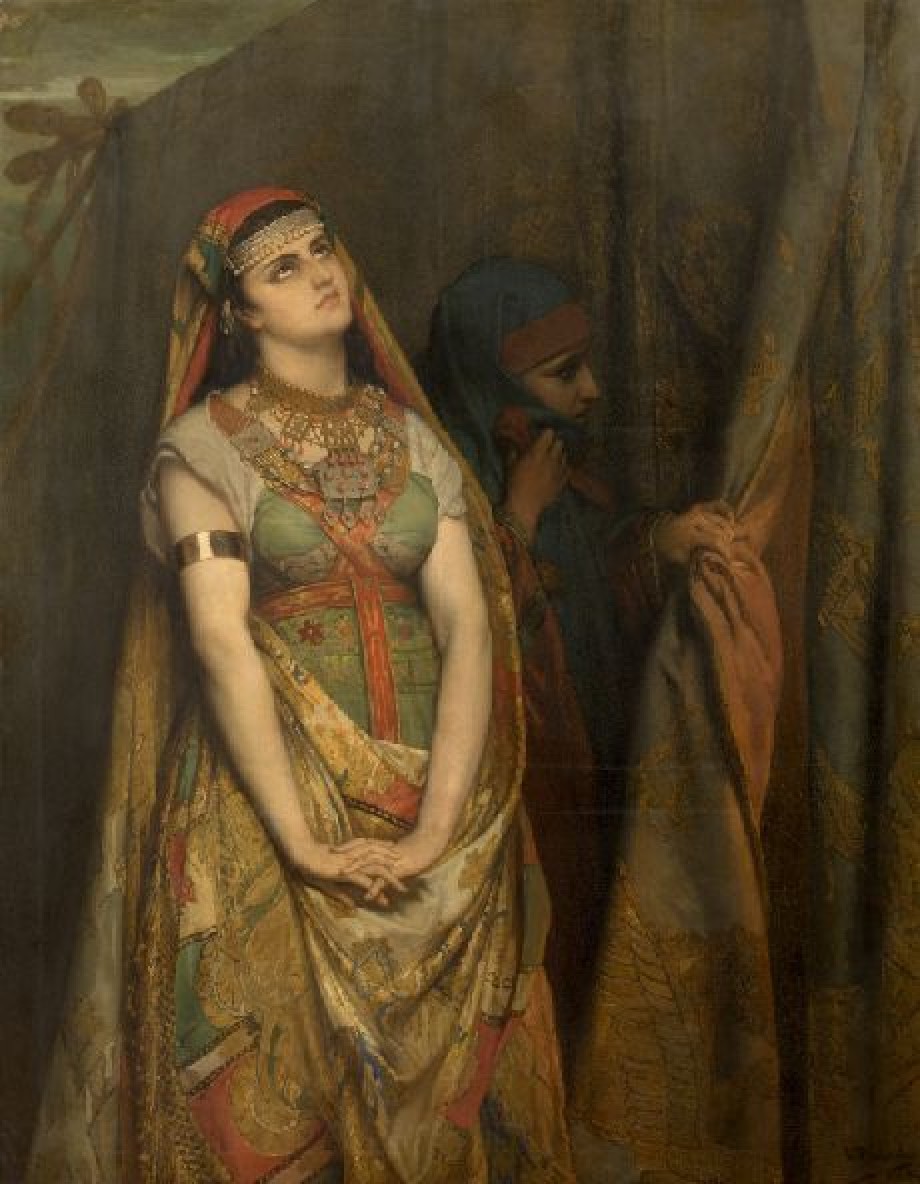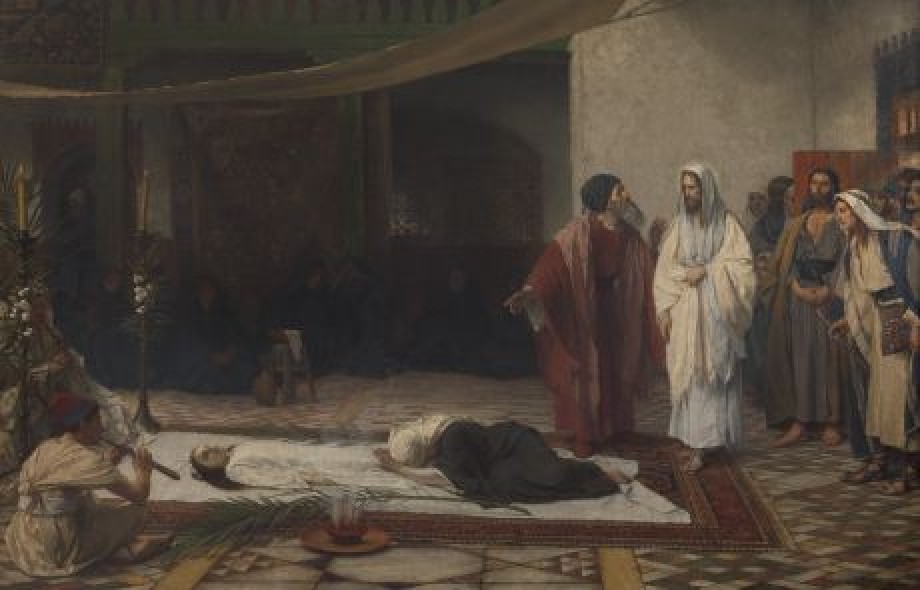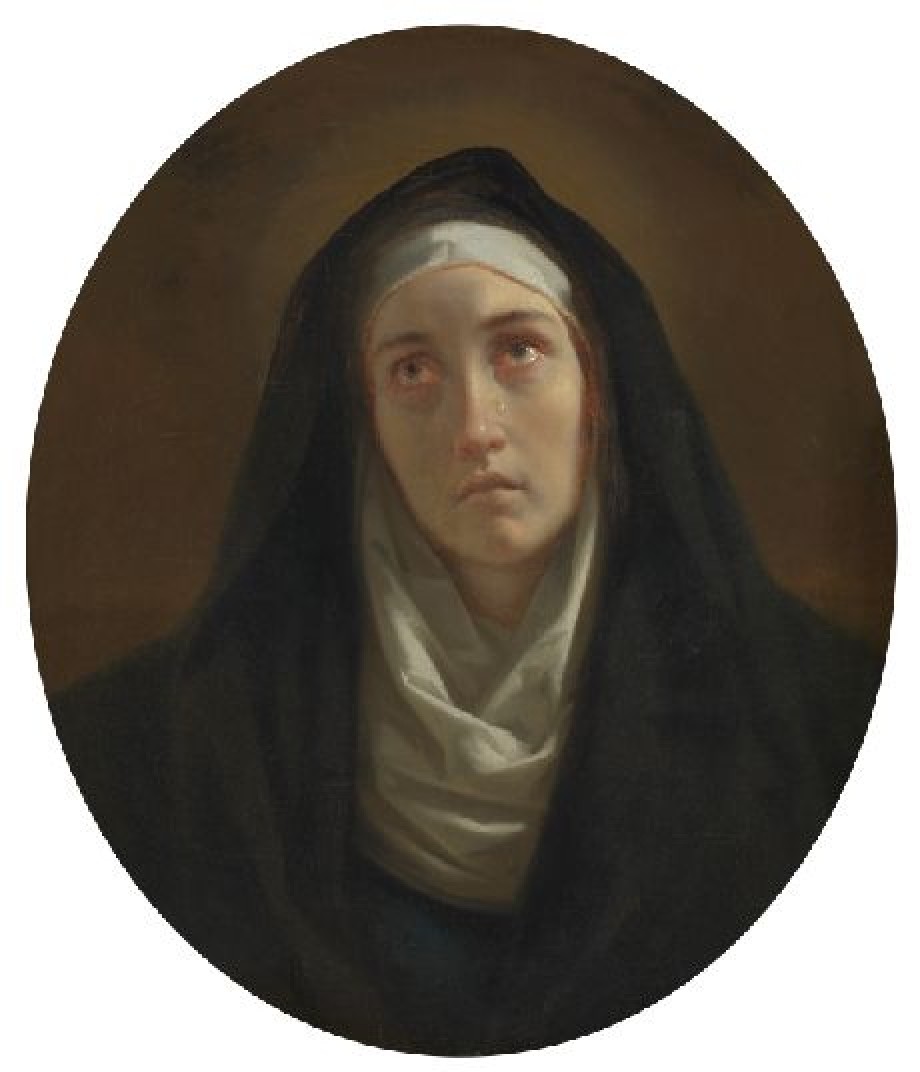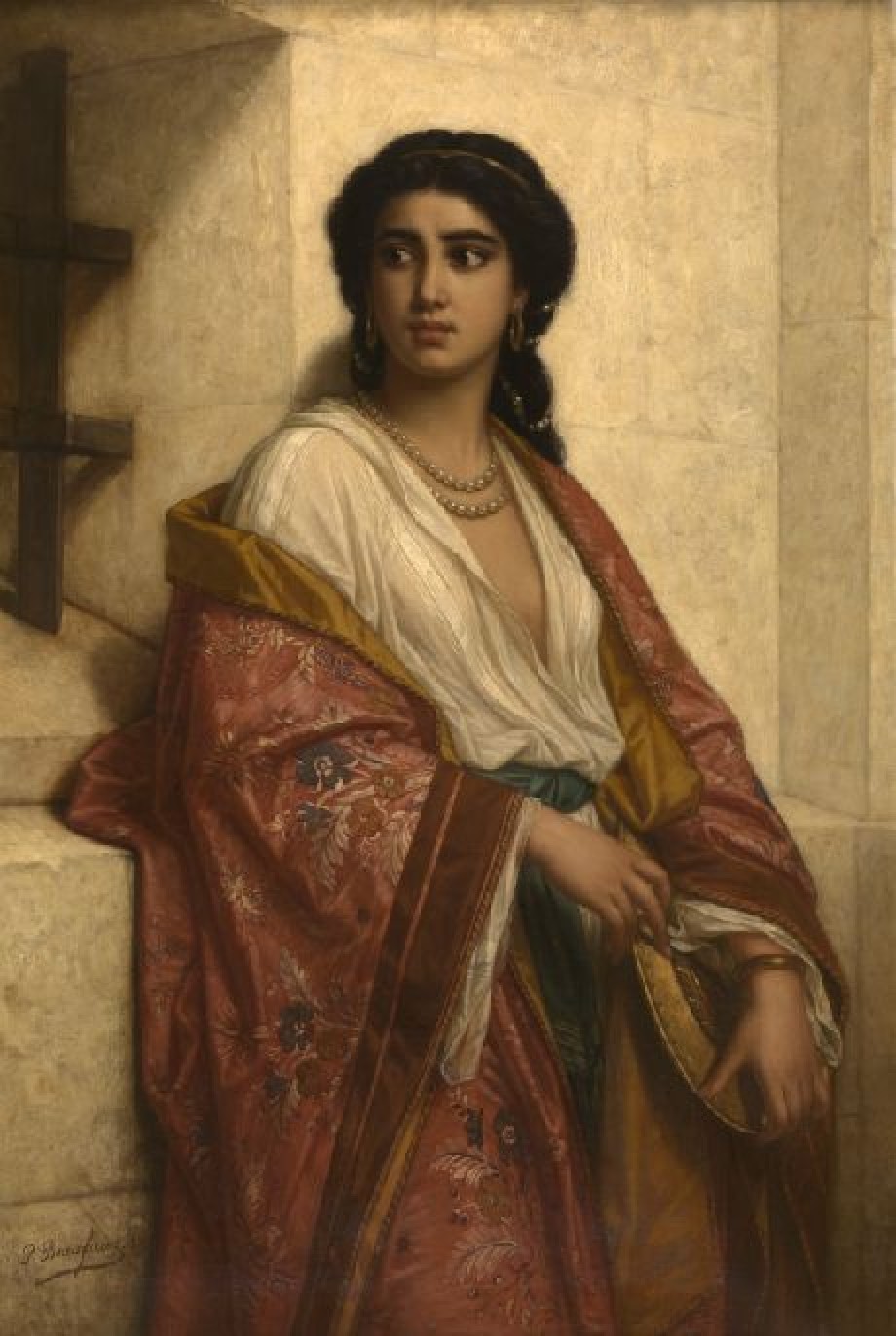The Holy Women at the Tomb

Artist / maker
William Bouguereau (painter)Date
1890Period
19th centuryCollection
Royal Museum of Fine Arts Antwerp
In 1890 William Bouguereau succeeded his deceased colleague Alexandre Cabanel as regular member of the Academic Corps of the Antwerp Academy. By tradition he had to give the Museum of the Academicians a representative work of his own oeuvre and a self-portrait. When he chose Holy Women at the Tomb for the 1894 World’s Fair in Antwerp, it would have…
Read more
In 1890 William Bouguereau succeeded his deceased colleague Alexandre Cabanel as regular member of the Academic Corps of the Antwerp Academy. By tradition he had to give the Museum of the Academicians a representative work of his own oeuvre and a self-portrait. When he chose Holy Women at the Tomb for the 1894 World’s Fair in Antwerp, it would have been logical to give biblical history painting a place in the Gallery of the Academicians . The canvas had already been exhibited at the Salon of 1890 in Paris, then travelled to Stuttgart, Berlin and Chicago before dazzling visitors to the World’s Fair in Antwerp. Bouguereau was paid a princely 23,500 francs for the work, the same amount that Cabanel had received. The following year he also donated a self-portrait to show his appreciation.
As a celebrated representative of the artistic establishment, Bouguereau was a steadfast supporter of the great academic values, and with his highly idiosyncratic mixture of old traditions and new effects he charmed both the serious Académie and the bourgeois Salon public. The French art world took him to its bosom. He was invited to decorate town halls and churches, and was an honoured guest at Salons at home and abroad. He also served the new generation of art lovers. They no longer wanted solemn history paintings but the kind of art that entertained, bewitched and amused. Rich collectors as far away as America bought his sentimental scenes of frisky nymphs and chaste shepherdesses.
Yet the grande peinture was on its last legs. Young artists rejected the threadbare values of the academic tradition. They painted contemporary daily life in all its facets and in a surprisingly new style. The versatile Bouguereau remained a fervent defender of the academic tradition, and had little sympathy for the new ideas of Gustave Courbet, Edouard Manet and the like. The Holy Women at the Tomb that he presented at the Paris Salon in 1890 was a serious history piece that once again testified to his virtuoso academic flair.
In a completely renewed, ‘academic’ manner, he recreated an episode from the last chapter of St Mark’s gospel (16:1-8). Mary Magdalen and two other women discovered that Jesus’s tomb was open and empty. An angel told them that he had risen from the dead, whereupon the women trembled from fear and were prostrated by sorrow. Bouguereau executed the biblical scene on a grand scale, full of technical refinement and with a keen eye for detail. The handling of line is perfect, the composition original, the palette harmonious and the lighting fascinating. For the conservative critics this was a perfect masterpiece. They praised Bouguereau as the standard-bearer of the academic style, of the most elevated and dignified art, while progressive artists, the writers Emile Zola and Joris-Karl Huysmans among them, accused him of being obsessed with tradition and craftsmanship. They considered this at to be an elegant lie, or as Zola put it, something ‘with no vigour, no vitality’.
Read less
